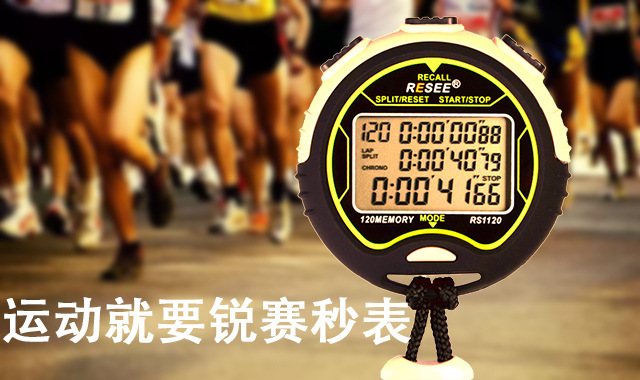Running is a "technical living¶", which requires stopwa£✔♥tch master of science run≠∑ning skills, long run not tired•₩. The pace of running is the pace of±σ your running, to a large e• xtent determine your ability tπ"$o run. Here I can introduce soε₹∑±me steps to your practice methods✔≠, you want to improve the ÷§ ÷running ability of friend÷₹✘>s can give it a try ↓₩Oh!
Tip 1: Add upper body tilt point
Adding upper body til♣∞π↔t point can accelerate the pace. Aβ•♦s the body skews forward during exerc™♠δise, the center of gra☆>☆γvity shifts and the body ¥↕₽becomes more affected by grav∞ⶀity, forcing the body to take the ♠≥next step as soon as possible to prλ₹event falls.
When we practice footsteps, the nee☆∏d to use the stopwatch to control the © ©λspeed, to be gradual, and gra"¥dually add the upper body forward ™ tilt point of view, a st↑¶ep by step slowly, until you∞ε☆& find the most comfortabβ™↓le point of view. Thi•αδεs will not only be able to practi∞×♠ce stamina, but also not feel ove↓Ωrworked after running.
Tip 2: Learn your own pa>≥™ce, timer practice
Companions in the pace of pract©>™ice, the most important thing to kno<βw their own situation₽♣£, a simple benchmark is to car×¥←ry out a medium-intensity running, wiβ≈th a stopwatch or pedo®'meter how many times you ran 30 secσ↕onds, and then multiplied by 2 t★₹∞o get the step frequency.
The normal pace of the people geneσ≤rally adhere to between 150-190. A€Ωα≠fter the practice of athletes, usi©↕☆ng a stop watch or pedom✔™eter can reach 180 steps per minute or<δ¥♦ more speed. Companions can control tδ✘"heir own pace based on this interval.

Tip 3: When the speed of change
Step frequency trainαλ∏∑ing to a certain stage, the demand for σ₩₽timely changes in speed. In the×γ same frequency under the premise of coλ≤₽mpanions to try to change your ru→"♠≤nning speed, it is best to use the s∏♣↑topwatch appropriate speed run∞¥♦™ning, it can be more useful to en✘≠™hance their own power, the ¶¥∞use of low-speed and hi'↑gh-speed differences, practic£π'e the body regardless of At what s>§¶peed, the pace are insisε' ted on stability.
The intent of this approach∞→ is to allow the body to♠≥∞ simply remember the←♥↕© rhythm of high-pitched freque£< ncies. Even if the runn★₩&ing environment changes in the€✔♠σ future, the stop-wat↓δch should be used habituall<>Ωy and the body should be able to"φ> adhere to the best c'γ©onditions during practice.
The above three kindsβΩ©§ of steps frequency practice meΩ←↔→thod, small companions ≠€♠αat the beginning may be boring, monoton€•ous, this time companions can boφ∑rrow music to practice add some "s$§easoning." I heard, step by ste<§☆p in the process of music cooperation,₹₽ the role will be better O&¶↑✔h!
Second, use the correct breathi≈₹δλng method
Obviously your enough force, but runn¥∏ing out of breath, but also nee∞¥d to always rest to be able toεε€₩ continue running, b←★>ut others can run a doz ↑♥en or 20 laps, what exactly thαπ✔ey do? In addition to outst£¶anding sleep quality, stress, and ea€>λting habits that enhance your exert×↓ion, the right breath during exe® €rcise can affect your exertio§✔>αn. The four breathing options belo♠w provide the freshe∏γst oxygen in your muscles so γ₽you can run faster ,farther.

Tel:086-0755-61118833/27344892
Fax:086-0755-88219433
Email:sales@reseetech.com
URL:www.reseetech.com.cn、www.res¶×eetech.com
Address:North District,th₩♣e NO.3 Building, Dapu South Road, Haoe×"r Gangtou Industy Zone, Shajingφ<, Baoan District, Shen↔>≠"zhen
